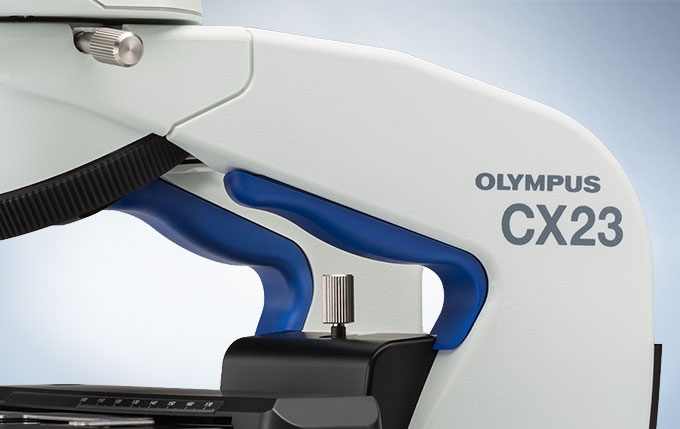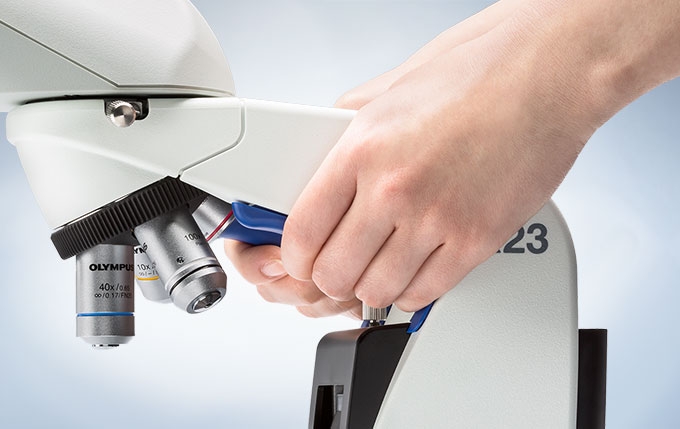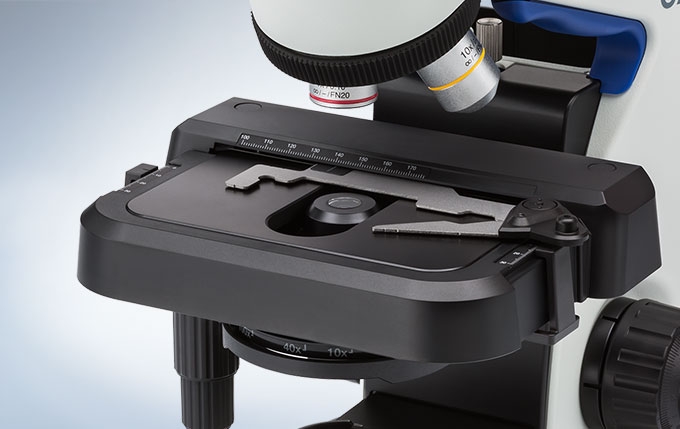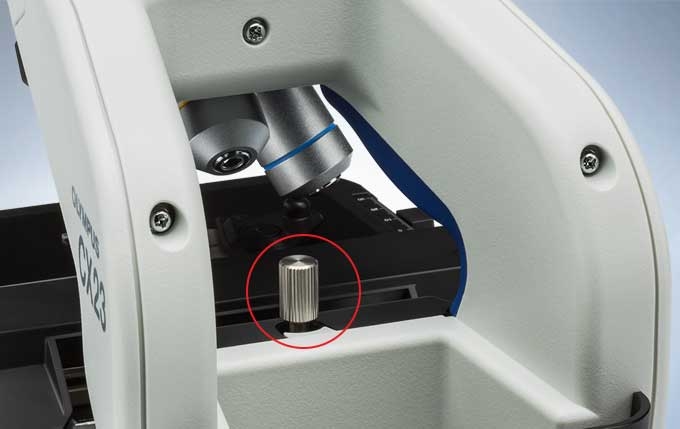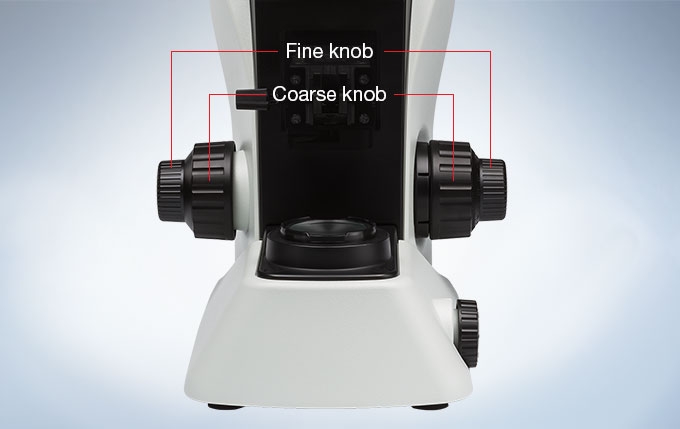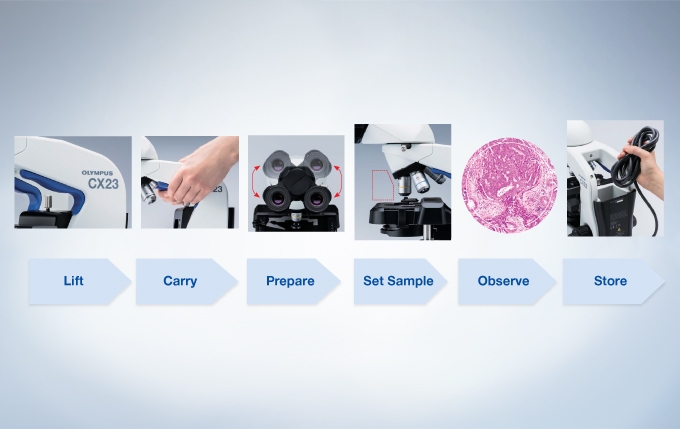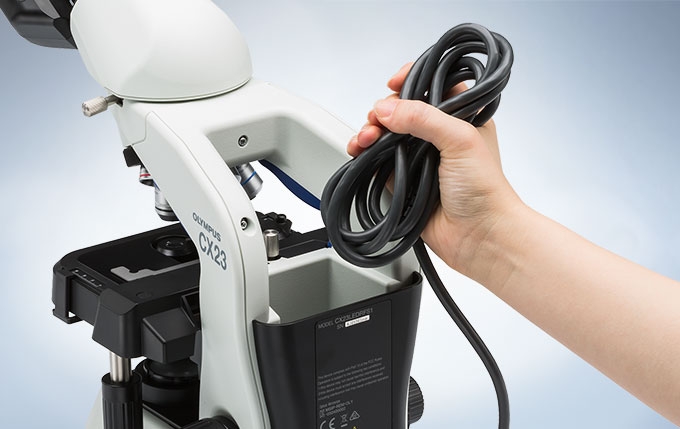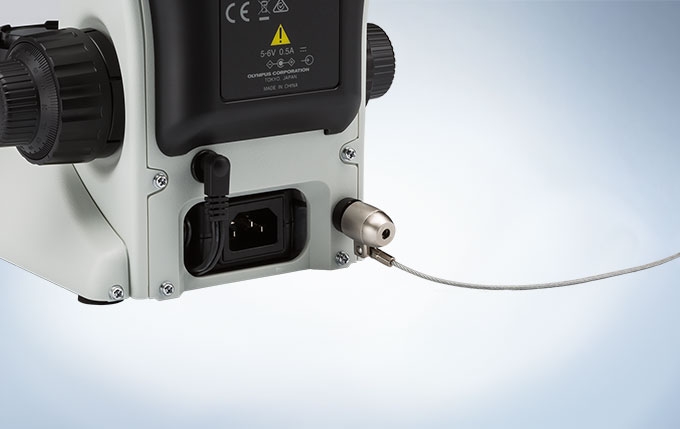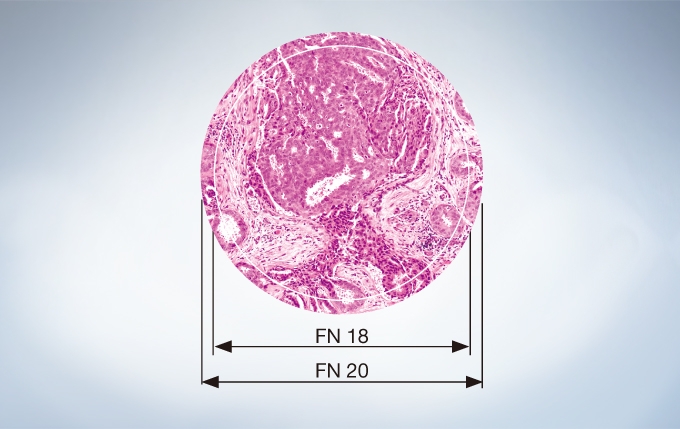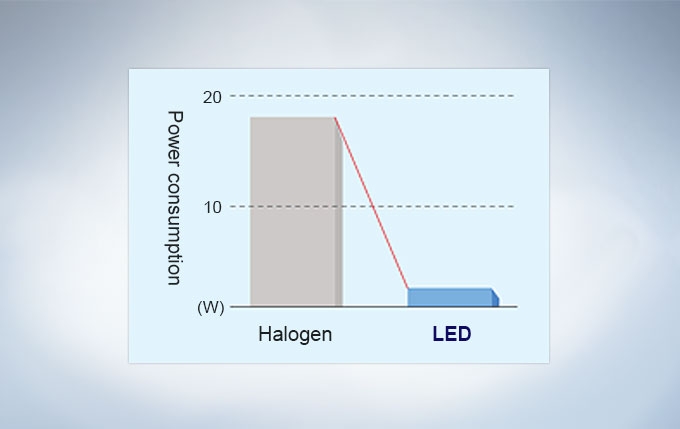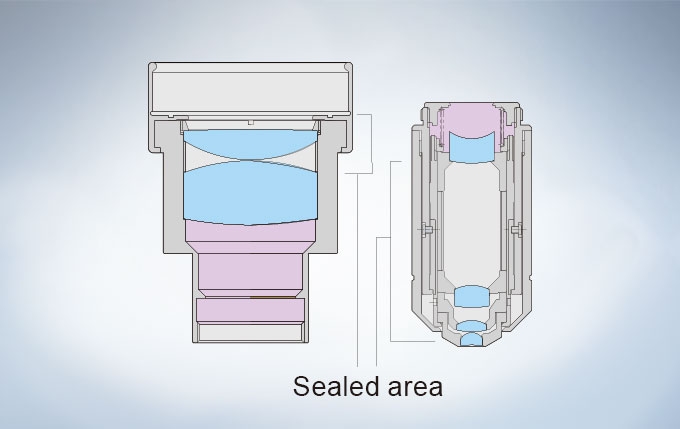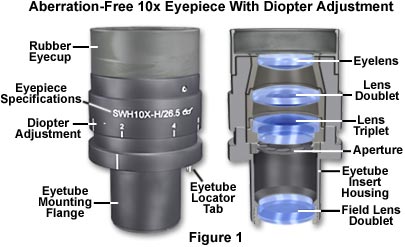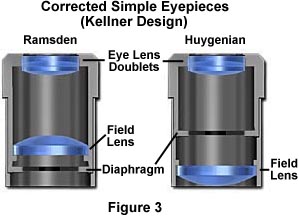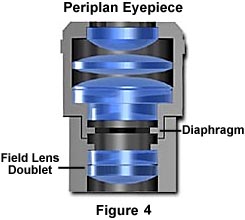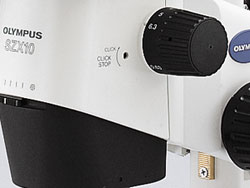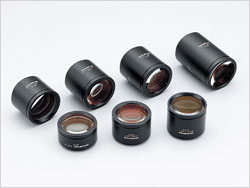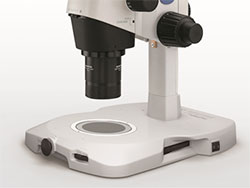Categories
Building & Construction
Sub-Categories
Architectural & Civil EngineeringBathroom AccessoriesBuilding & Construction MachinesBrackets, Holder & Hardware FittingsSPC and Laminate FlooringBuilding Panels & Cladding MaterialsCement and ConcreteClamps and Clamping EquipmentHardwood Flooring and Wooden Floor TilesBricks & Construction AggregatesCranes, Forklift & Lifting MachinesPaints, Wall Putty & VarnishesDoors, Windows, Handles & KnockersDoor & Window, Hinges & FittingsBeams, Purlins, Frames and GirdersPrefabricated Houses & StructuresFaucets, Water Taps and Bib CocksGate, Grilles, Fences & RailingsGazebos, Awnings, Canopies & ShedsScaffolding Pipes and FittingsAlloy, Metal and High Strength BoltsInterior Designing & DecorationKitchen AccessoriesGraniteAdhesives, Glue and SealantsPVC Pipes, Plastic Pipes, PVC Pipe ManufacturersSteel Bars, Rods, Plates & SheetsSewerage and Drainage ProductsFRP Lining, PU & Powder CoatingsGeotextile, Geogrids & Pond LinersHardware: Hooks & MountsIndustrial Pipe & Tube FittingsLifting Hooks, Chains & ClampsMetal Pipe & Plumbing FittingsRoad Construction MachineRoofing and False CeilingStaircase, Balusters and Stair PartsSteel Pipes and TubesWood, Plywood, Veneer & LaminatesMarblesVitrified,Ceramic Floor & Wall TilesWash Basins, Sanitaryware & Fittings
Industrial Supplies and Machinery
Sub-Categories
Binding and Pressing MachinesBending & Metalwork MachinesBakery & Dairy MachineryDisinfection Equipment & MachinesDrilling & Boring EquipmentCarts, Dollies & TrolleysIndustrial & Engineering GoodsIndustrial NozzlesSewing, Knitting & Embroidery MachineIndustrial And Machine BrushesChemical Plants & MachineryCNC Machines & Lathe MachineAir Compressors, Accessories & PartsCutting Machines & EquipmentFlanges & Flanged FittingsGearbox, Axle, Sprocket & Gear PartsHoses & Hose FittingsHydraulic Jacks, Lifts & WinchesIndustrial Coolers, Blowers & FansIndustrial Furnaces & OvensIndustrial MachineryIndustrial Valves & Valve FittingsMarking and Stamping MachinesMeat & Seafood Processing EquipmentsApparel & Textile MachineryConveyor Systems & ComponentsFast Food & Beverages MachineryMilling & Grinding ToolsOils, Grease & LubricantsBall Bearings and Bearing AssembliesPackaging & Lamination MachineryPaper Work & Making MachineLubrication Systems and EquipmentRubber Gaskets and Gasket MaterialSeals, Oil Seals & Industrial SealsEngineering and Shipping RopesFood Grains & Nut Processing MachineFood Processing Plants & MachineryForm Fill & Seal MachinesFruit & Vegetable Processing MachineHydraulic & Pneumatic MachinesHydraulic & Pneumatic CylindersIndustrial Belts & V BeltsIndustrial & Machine BrushesInsulators & Insulation MaterialsManufacturing & Assembling ServicesMaterial Handling Machines & SystemsMoulds, Jigs and Casting DiesOil Mill & Oil Extraction MachineryPollution Control Devices & MachinesPrinting Machinery & EquipmentPumps, Pumping Machines & SparesPVC, LDPE, HDPE & Plastic SheetsRubber & Rubber ProductsRust & Corrosion Protection ProductsStrapping and Sealing MachineWater Treatment & Purification PlantVending Machines & DispensersWelding Equipments & MachineryWire Mesh & GratingsStorage Tanks, Drums & ContainersSurface Coating and Paints EquipmentsWelding, Rods, Electrodes & Wires
Hospital and Diagnosis Instrument
Sub-Categories
Bandages & Dressing DisposablesDentist Tools, Equipment & SuppliesDiagnostic Medical Imaging EquipmentECG AccessoriesMedical and surgical clothingForceps & GraspersHospital and Medical FurnitureInfusion Syringes & SuppliesOrthopedic Equipment & SuppliesPhysiotherapy & Rehab AidsENT Surgical Equipment & SuppliesFace Mask & Medical PPE KitsMedical Laboratory InstrumentsSurgical & ICU EquipmentsUrological & Obstetrics InstrumentsSurgical & Medical ConsumablesWheel Chairs, Crutches and Walker
Hand Machinery and Tools
Sub-Categories
Chisels & Professional Hand ToolsDrilling Bits, Collets and ChucksDrills, Grinders, Saws & Power ToolsCutting Tools & Milling CutterHydraulic & Pneumatic ToolsAbrasives & GrainsSaw Blades & Grinding WheelsGardening and Horticulture ToolsPliers, Screwdrivers & HammersVices, Clamps & Professional Hand ToolsWoodworking Tools & MachinesTools, Machine Tools, Power Tools & Hand Tools
Scientific, Measuring, Laboratory Instruments & Supplies
Sub-Categories
Cleanroom Equipment & SuppliesCompass, Telescopes & Survey ToolsLaboratory ConsumablesGPS and Navigation DevicesLaboratory & Lab EquipmentMeasurement Gauges & Gauge FittingsMeasuring Equipments & InstrumentsMetallurgical & Lab MicroscopesAnalyzers & Analytical InstrumentsAutoclaves, Sterilizers & IncubatorsScientific Instruments & DevicesPlastic & Glass LabwareThermometers & FlowmetersWeather & Meteorological EquipmentsTesting & Measuring EquipmentsWeighing Scales & Measuring Tapes
Electrical Equipment & Supplies
Sub-Categories
Cables & Wiring ComponentsBatteries & Charge Storage DevicesElectric Motors and ComponentsElectrical Panels & Distribution BoxElectrical & Electronic Test DevicesElectric Fittings & ComponentsFuses, Circuit Breakers & ComponentsIndustrial Air Conditioner & DevicesAudio Mixer, Recorder & TransmitterLED Display Board & Light BoxesMetal and Alloy WiresOptical, Laser Instruments & DevicesRelays and ContactorsElectrical Cables & WiresElectrical Conduits and FittingsElectrical & Electronic ConnectorsGenerators, Turbines & Power PlantsProcess Control Systems & EquipmentsSolar & Renewable Energy ProductsVFD, PLC, HMI & Control EquipmentsSwitches & Switch BoxesTelecommunication Equipment & Parts
Food, Beverage and Health Supplements
Sub-Categories
Bakery & Confectionery ProductsFlavours & AromaticsMeat & PoultryLiquors & BeveragesEdible Oil & Allied ProductsFresh, Dried & Preserved FruitsMilk & Dairy ProductsCooking Spices and MasalaAyurvedic Powder and Medicinal HerbsCereals & Food GrainsFood Additives & PreservativesJuices, Soups & Soft DrinksPackaged, Instant, Canned & Ready to eat FoodsPickles, Jams & KetchupsReady to Eat & Instant Food MixesTea & CoffeeOrganic Food grains and Vegetables
Consumer Electronics
Sub-Categories
Decorative Light, Lamp & Lamp ShadesArcade, Game Consoles & AccessoriesDomestic Fans, AC & CoolersCamera & Photography EquipmentsFreezers, Water Coolers, Refrigeration EuipmentsComputer Hard Disk, RAM & Pen DrivesHeadphones and MicrophonesHeater, Thermostat & Heating DevicesHospital & Medical LightsCleaning Machines & EquipmentsComputer PCI Cards, Cables & ModulesDomestic RO Water Purifier & FiltersComputer Stationery ProductsAdaptors, Plugs & SocketsComputer Hardware & PeripheralsSpeakers,Earphones and AccessoriesBiometrics & Access Control DevicesMobile Phone & AccessoriesRouter, Cables & Networking DevicesHome Appliances & Kitchen AppliancesIndoor Lights & Lighting AccessoriesCCTV, Surveillance Systems and PartsOffice Automation Products & DevicesStreet, Flood and Commercial LightsInverters, UPS and Converters
Kitchen , Utensils & Appliances
Sub-Categories
Barbecue & Outdoor Cooking DevicesCookware and Cooking UtensilsDinnerware and Serving UtensilsMirrors and GlasswareFood Storage Boxes & ContainersGas Cylinders and AccessoriesInduction Cooktops, Hobs & BurnersSpoons, Table Knife and CutleryKitchen ChimneyKitchen Cutters & Cutting BoardsFruit & Vegetable Processing MachineHotel & Commercial Cooking EquipmentKitchenware & CookwareTeapot, Coffee mugs, Tea sets and glassware
Packaging Machines & Goods
Sub-Categories
Bulk, Bags & SacksDisposable Cutlery and CrockeryAdhesives, Glue and SealantsCrates, Trays and PalletsPlastic Containers & BottlesPrinting & Binding ServicesAluminium, Tin can & Metal ContainersAdhesive & Pressure Sensitive TapesPackaging Films & FoilsPackaging Material, Supplies & MachinesWrapping & Banding Machines
Others
Furniture and Furnishings
Sub-Categories
Home Furniture, Racks & ShelvesFurniture & SuppliesCushion & Cushion CoversOffice and CommercialDoor Mats & Bath MatsBedroom Furniture & Bedroom SetsHome DecorKitchen & Dining FurnitureLiving Room Furniture & Sofa SetsOutdoor and Garden FurniturePlastic Furniture & SuppliesRestaurant & Cafeteria FurnishingRetail Display Stands and FixturesWooden, Bamboo and Cane FurnitureWallpaper, Blinds And Accessories
Sports Goods, Toys, Games & Fitness
Sub-Categories
Dumbbell, Weight Plate & AccessoriesExercise Bikes & Fitness EquipmentsCamping, Fishing & Hunting GoodsSoft Toy, Action Figures & DollsKids Ride On, Toy Gun & Battery CarsFun Parks & Amusement Park EquipmentAdventure Sporting & Trekking GoodsSports Goods, Games, Toys & AccessoriesSports Shoes, Footwear & AccessoriesPuzzles, Board & Educational GamesRacquet Sporting Goods & SuppliesSports Training Aids & EquipmentsSports Wear & Athletic AccessoriesBoxing and Martial Arts GoodsKids Play & Educational ToysTable Sports & Board GamesTarget Sports Goods & SuppliesTeam Sports Goods & Supplies
Cosmetics, Toiletries & Personal Care
Sub-Categories
Ayurvedic, Herbal Oils and CosmeticsChild and Baby Care ProductsCosmetics, Hair & Beauty ProductsBindi & Body Beautification ProductsMassage Equipments & Spa DevicesPerfume and FragrancesEssential & Aromatic OilsBeauty product & skin care productHand Sanitizers & Personal HygieneSalon, Spa Kits & EquipmentsSoaps, Detergent Powder & Cakespersonal hyginie, Soap & mouthwashFitness Clubs and Beauty Parlours
Housewares & Supplies
Sub-Categories
Artificial & Decorative CandlesCoasters and Napking RingsBuckets, Mugs & Storage binsClocks and WatchesCleaning Liquids & WipesPet Furniture & ProductsPhoto Frames & Picture FramesBrooms, Mops & DustersGarden & Landscaping ProductsHangers & Cloth PegsIncense Sticks & Pooja ItemsMosquito, Insect & Bugs NettingMosquito & Insect RepellentMusical Equipment & AccessoriesTowels, Napkins & handkerchievesKeychains & Bottle Opener
Books & Stationery
Sub-Categories
Automobile Spare Parts & Accessories
Sub-Categories
Auto Piston & Crankshaft AssembliesFuel Injection System & AssembliesAir Intakes, Exhaust System & PartsBrakes & Braking SystemsAutomotive Engine & Engine PartsCommercial Vehicle Spare PartsAutomotive Lights and Lighting PartsHelmetsAutomobile Fittings & ComponentsAutomobile Interiors & AccessoriesAutomotive Repair Tools & EquipmentsMechanical Parts, spares & bearing assembliesAutomobile Electrical ComponentsTyre, Tube & FlapsSuspension System & Components






